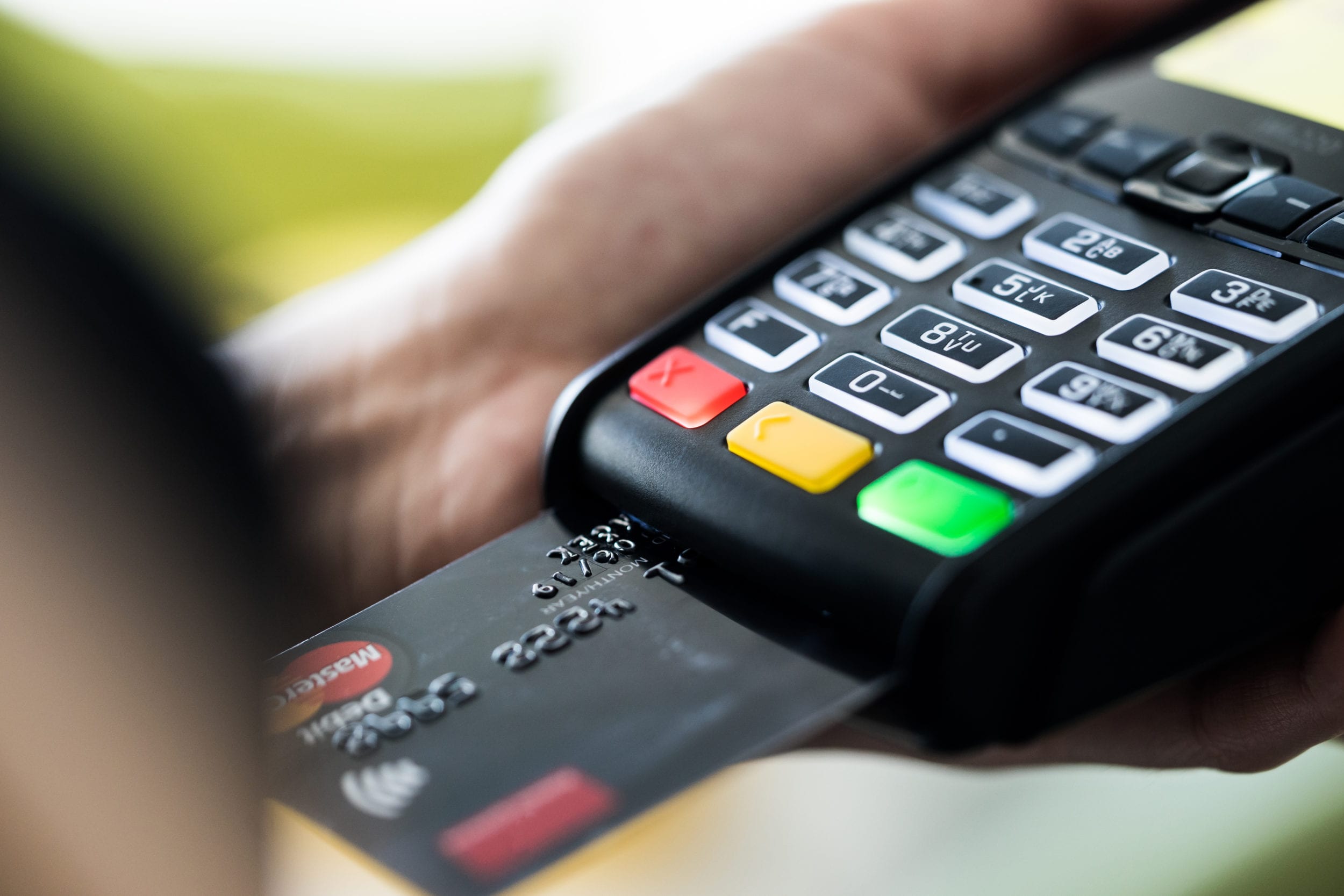There is no doubt that a POS (Point of Sale) system has been vital in improving a business’s efficiency. It helps smooth digital transactions and lets merchants track all their sales. Like everything else, a POS system constantly upgrades, with new features coming out regularly. With this, it is natural for people to be confused about the latest POS terminology. One common topic of discussion is the difference between POS and mPOS, which stands for mobile point of sale – a quicker, more efficient solution than the traditional POS machine. Knowing the difference between a POS and an mPOS can give you a clear picture of which to choose.
A traditional POS machine works well for accepting card payments. However, if you want to make your business payments more convenient and tech-savvy, going for an mPOS can be a great move. This is because it uses your phone’s data to process transactions
To understand more in detail about a POS and mPOS, read on to learn the critical differences between these two:

1. Maintenance expenses
When using a POS while running your business, it is customary to incur hardware and software maintenance costs, along with security updates. You will also have to train the staff to operate the POS system. All this requires a lot of effort as well as funds. On the other hand, there are no maintenance costs for an mPOS device. You can directly start using it after the download is complete. Once you ensure that the mPOS system has been bought from a credible provider, there is no need to worry about quality.
2. Portability
A POS system cannot be shifted easily, which limits its portability. However, with an mPOS system, payments can be completed while you are on the move. So, if you are running a food-delivery business or an eCommerce business, financial transactions will not be a problem! This is one of the main areas where an mPOS triumphs over a POS.
3. Security
With a POS system, you might incur costs when it comes to security updates. However, an mPOS already complies with EMV2 and PCI industry standards to ensure the system is secure. This system also has real-time tracking capabilities to know where transactions occur.
4. Cost of installation
Installing a traditional POS system can be pretty expensive. You will also need a card swipe machine and a telephone connection. On the other hand, an mPOS device can be used at affordable rental plans, which are much more cost-effective compared to a POS.
Compared to a traditional Point of Sale machine, a mobile swipe machine is much better when facilitating quick transactions. mPOS systems also offer powerful analytics and in-depth software features that can be vital in improving a business. After reading about the differences, you can decide based on what’s best for your business.













